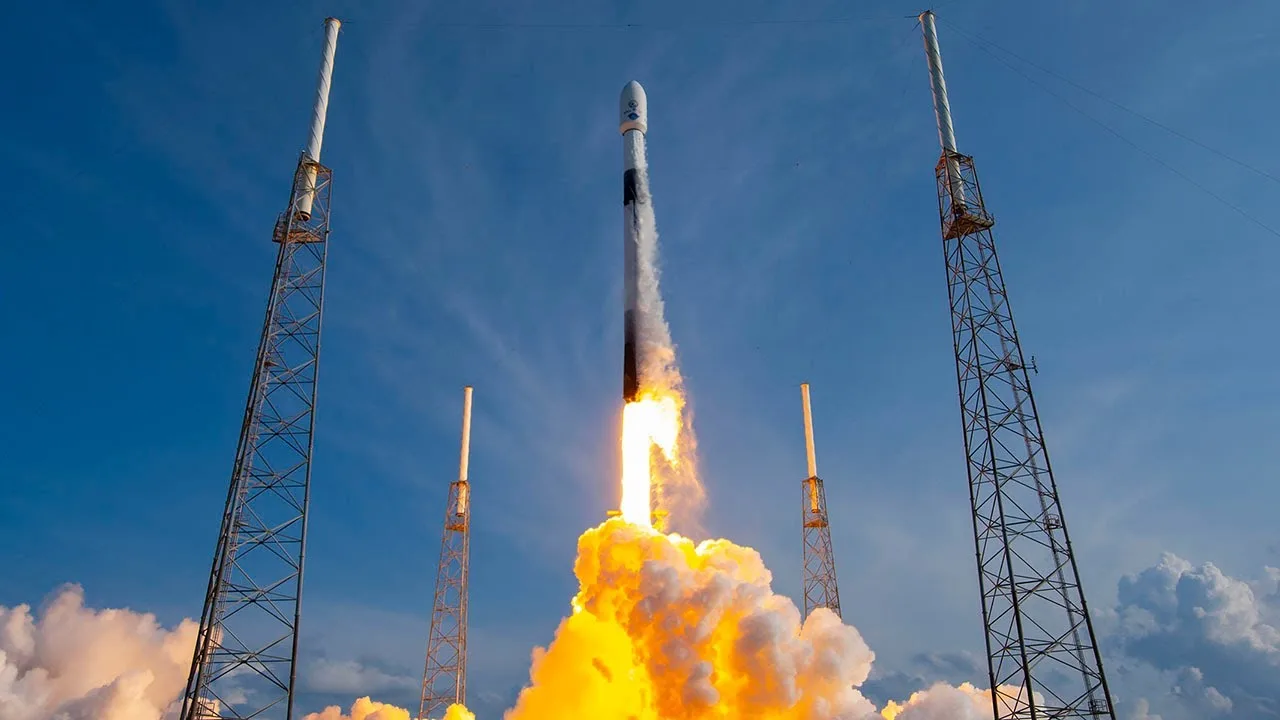September 2025 — Cape Canaveral — SpaceX is gearing up for a critical mission to launch Nusantara Lima, Indonesia’s latest high-throughput communications satellite, aboard a Falcon 9 rocket. The satellite’s deployment promises to dramatically boost internet and telecom access across the Indonesian archipelago and neighboring regions.
Carrying Indonesia’s Digital Future
Operator Pasifik Satelit Nusantara (PSN) plans to place Nusantara Lima into a geostationary orbit, approximately 22,000 miles above the equator, where it will deliver a staggering 160 Gbps of capacity via Ka-band spot beams. Designed for a lifespan exceeding 15 years, the satellite harnesses Boeing’s advanced VHST satellite platform—aiming to finally bridge Indonesia’s connectivity gaps.
Launch Dynamics and Scheduling Pressures
Originally scheduled for liftoff on Monday evening, the mission had to be scrubbed due to poor weather at Cape Canaveral. The countdown has been reset for Tuesday, with a launch window opening at 8:01 p.m. EDT (0001 UTC). The atmospheric forecast remains precarious: broad humidity, persistent storms, and wind gusts of up to 40 mph could further delay the launch.
Reusability in Action
SpaceX’s Falcon 9 will use booster B1078, marking an impressive 23rd flight for the rocket. If all goes well, the stage will return to Earth aboard the drone ship A Shortfall of Gravitas, making it the booster’s latest successful recovery, and adding to SpaceX’s ever-growing tally of reusability achievements.
Deployment and Mission Timeline
Post-liftoff, Nusantara Lima is expected to separate from the Falcon 9’s second stage around 27 minutes later. Signal acquisition—confirming satellite functionality—is predicted within 15 to 30 minutes after deployment. PSN aims for the satellite to begin regular service in early 2026.
Quick Overview
| Category | Key Details |
|---|---|
| Mission Purpose | Launch Nusantara Lima, a high-capacity communications satellite |
| Launch Vehicle | Falcon 9 rocket using B1078 booster (23rd flight) |
| Launch Status | Delayed due to weather; now set for 8:01 p.m. EDT liftoff |
| Satellite Specs | 160 Gbps Ka-band capacity; >15-year operational life |
| Orbital Goal | Geostationary transfer orbit, operational by early 2026 |
| Recovery Plan | Booster to land on drone ship “A Shortfall of Gravitas” |
This complex mission underscores SpaceX’s prowess in reusable launch technology while highlighting Indonesia’s ambitious efforts to expand its digital infrastructure.
















Leave a Reply